Shrubs And Grasses Clevelanders Can Plant Now
by Alexandria Lacayo | Jun. 3, 2020 | 12:00 PM

Kendra Huspaska
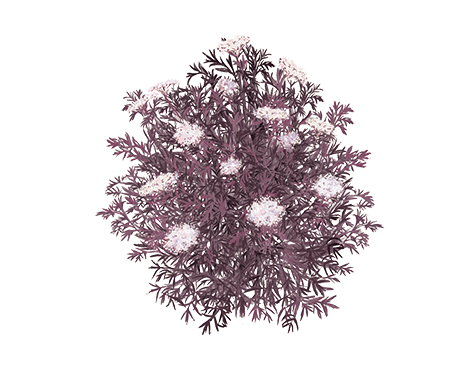
1. Black Lace Elderberry
This hardy, deciduous shrub is one of the newest varieties in the elderberry family. Thriving in the sun or partial shade, it grows anywhere from 6 to 8 feet tall, boasting beautiful foliage. “It gets clusters of large pink flowers on it in June,” says Heyink, “and the pink flowers and the black leaves are stunning.” Black lace is low maintenance, only requiring light pruning to keep it in shape. As an added bonus, pair it with a black beauty elderberry shrub, and it will produce a sweet, edible fruit.
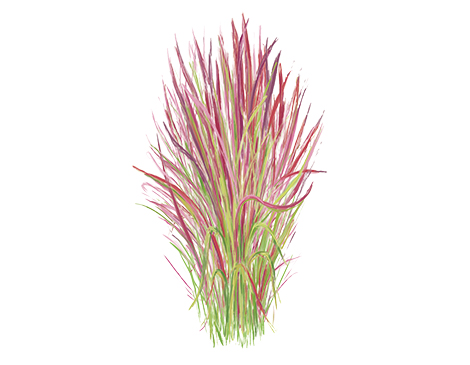
2. Blood Grass
Named for the deep red color that runs from the tip of each blade to about halfway down the stem or more, blood grass is a perennial that grows to a height of about 2 feet. This grass, like most ornamental varieties, is deer-resistant, and it needs full or partial sun, so its potential placement is versatile. Use it to create small decorative hedges or to skirt along the outside of other landscaping. “That one I really like,” Heyink says. “It gets very, very red.”
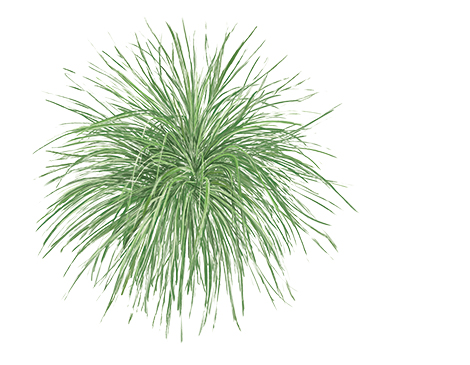
3. Hamlen Grass
One of Heyink’s favorite ornamental dwarf grasses for its simplicity and beauty, Hameln grows in small, round, bush-type sections that look great in clusters of three or just on their own. And while it’s pretty low maintenance, it does need to be pruned once a year. “You do have to cut that back in the fall or very early spring,” says Heyink. “If you don’t, sometimes a new growth starts to come up, and you’re cutting off the new growth.”
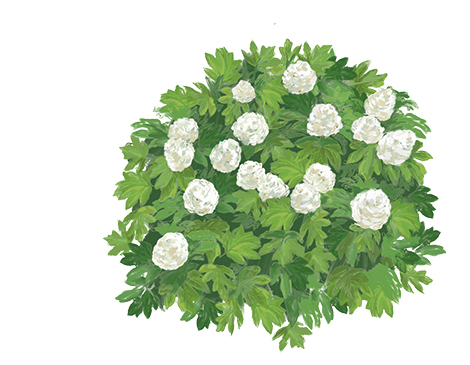
4. Hydrangeas
This shrub is available in an assortment of bold blooms with bright names such as Strawberry Sundae and Summer Crush. The hydrangea’s upkeep is minimal other than shaping them every now and then and cutting off any wilted flowers. Its blooms make a great accent to flower gardens. “It’s pretty much an old-fashioned plant,” says Heyink. “But in the last eight, nine years, they’ve really come full circle and some of the hydrangeas are absolutely stunning.”
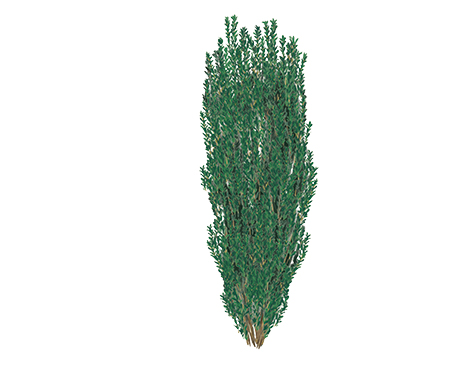
5. Sky Pencil
Receiving its title for its upward growth pattern, the Sky Pencil can grow to about 5 to 6 feet tall, unlike most shrubs that spread outward. As part of the boxwood family, these evergreens can adapt to sun or shade, and demand little attention, with just a yearly pruning. Sky Pencils function well in small areas or as a boundary plant or privacy screen. “Usually I tell people they need 4 to 5 feet between shrubs to be in a foundation planting [around the house],” says Heyink, “but a Sky Pencil would use less space because it’s so narrow."
Trending
-
1
-
2
-
3
-
4
-
5










